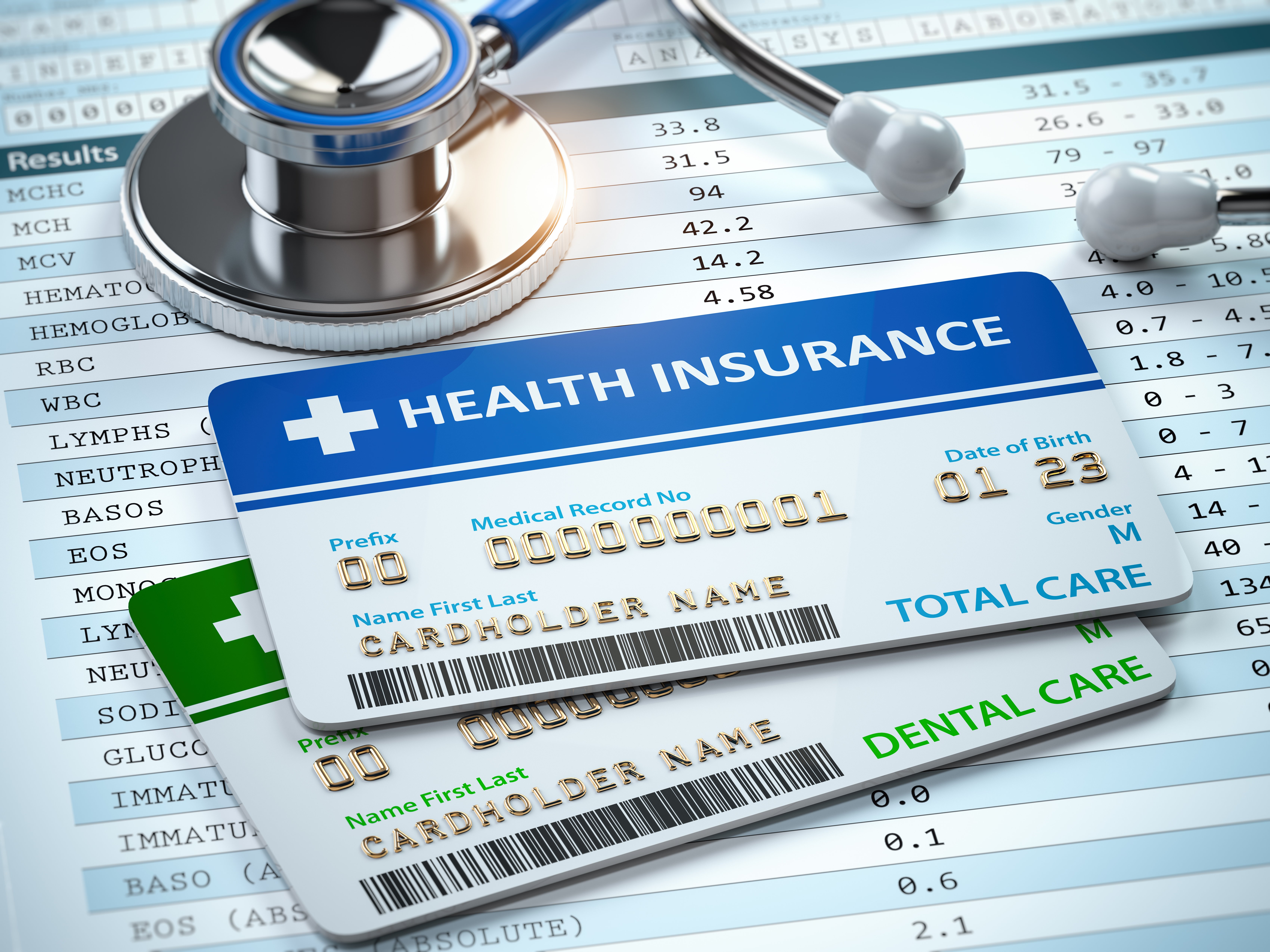As employers prepare to launch open enrollment for the 2023 plan year, it is important to pay attention to the employees’ share of the premium for health coverage. The IRS announced a 9.12% affordability threshold for 2023, which is the lowest percentage since ACA was enacted. If employers do not offer affordable health coverage they may be subject to large ACA penalties.
In 2023, an employer’s coverage is deemed to be affordable if the employee’s share of the premium for self-only coverage does not exceed 9.12% of the employee’s household income.
The IRS recognized that employers will likely not know an employee’s household income which includes spouse and dependent income. Therefore, the IRS created three safe harbor options for an employer to use to determine income. If an employer satisfies one of the permitted safe harbors, coverage is considered affordable.
W-2 Safe Harbor
Using the W-2 safe harbor, an employer’s offer of coverage is considered affordable if the employee’s contribution for the employer’s lowest-cost self-only health coverage providing minimum value does not exceed 9.12% of that employee’s form W-2 wages for the calendar year (box 1 of Form W-2). This safe harbor must be determined on an employee-by-employee basis using each employee’s W-2 income. With the change in the affordability percentage in 2023, the monthly contribution based on W-2 wages will correspondingly be less than it was in 2022.
For example, an employee with $30,000 of W-2 wages could be charged a maximum $240.25 monthly contribution for single-only coverage in 2022. In 2023, an employee with the same W-2 income could be charged only $228.00 for coverage to be considered affordable.
Rate of Pay Safe Harbor
The rate of pay safe harbor has two parts- one for hourly employees and one for salaried employees. An employer’s offer of coverage for an hourly employee is considered affordable if the employee’s contribution for the employer’s lowest-cost self-only health coverage providing minimum value does not exceed 9.12% of the employee’s hourly rate multiplied by 130 hours. When determining hourly rate, the employer must use the employee’s lowest hourly rate for the month (or the first day of the coverage period).
For example, an employee with a rate of $10.00 per hour could be charged a maximum $124.93 monthly contribution for single-only coverage in 2022. In 2023, an employee with the same hourly rate could be charged only $118.56 for coverage to be considered affordable.
An employer’s offer of coverage for a salaried employee is considered affordable if the employee’s contribution for the employer’s lowest-cost self-only health coverage providing minimum value does not exceed 9.12% of the employee’s monthly salary. If monthly salary is reduced for a month, this safe harbor cannot be used.
For example, an employee with a monthly salary of $2,500 could be charged a maximum $240.25 monthly contribution for single-only coverage in 2022. In 2023, an employee with the same hourly rate could be charged only $228.00 for coverage to be considered affordable.
Federal Poverty Line
The federal poverty line safe harbor uses the posted Federal Poverty Line for a single individual to determine affordability. An employer’s offer of coverage is considered affordable if the employee’s contribution for the employer’s lowest-cost self-only health coverage providing minimum value does not exceed 9.12% of the monthly FPL for a single individual for the date in which the employee is employed. The FPL is posted in advance so employers using this safe harbor know the appropriate contribution level that may be used for all employees, without fluctuation. Since the FPL increased in 2023, the percentage contribution for affordability actually slightly increased for 2023.
For example, an employee in the US Mainland could be charged a maximum $103.15 monthly contribution for single-only coverage in 2022. In 2023, an employee could be charged $103.28 for coverage to be considered affordable.
Employers have options for calculating affordability for ACA purposes. These considerations must be taken into account when preparing for 2023 open enrollment and communicating cost of coverage to employees. If an employer does not satisfy the ACA affordability threshold, the employer could be at risk for large penalties. If an employer uses an ACA safe harbor, it should be reported to the IRS on Form 1095-C.
If you have questions about ACA affordability or reporting, contact your account manager or solutions@basusa.com.









